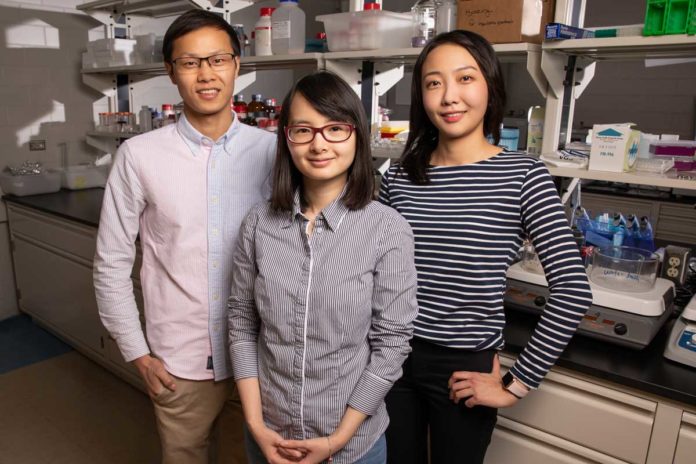Observing how nonuniform synthetic particles assemble, engineers at the University of Illinois were surprised to know that it happens in multiples phases.
Scientists observed the behavior of microscale silver plates of varied size and nanoscale thickness in liquids. Because the particles used in self-assembling materials are so small, they behave like atoms and molecules, which allow researchers to use classical chemistry and physics theories to understand their behavior.
The nonuniform particles repulse and attract according to laws of nature in plain, deionized water. In any case, when the analysts add salt to the water, changing electrostatic forces trigger a multistep assembly procedure. The nonuniform particles start to collect to frame sections of stacked silver plates and further assemble into progressively complex, requested 3D hexagonal grids.
According to scientists, the study could open the door for new reconfigurable materials for use in technologies such as solar cells and catalysis.
Qian Chen, a professor of materials science and engineering and lead author of the new study said, “Traditional self-assembly can be thought of like a grocery store stacking apples for a display in the produce section. They would need to work with similarly sized and shaped apples – or particles in the case of self-assembly – to make the structure sturdy.”
Binbin Luo, a materials science and engineering graduate student and study co-author said, “We can actually witness the particles assemble in this hierarchy using a light microscope. This way, we can track particle motions one by one and study the assembly dynamics in real time.”
Ahyoung Kim, a materials science and engineering graduate student and study co-author said, “The findings of this study may allow for the development of reconfigurable self-assembly materials. These materials can change from one type of solid crystal to another type with different properties for a variety of applications.”
Chen said, “Another benefit of this finding is that it can be generalized to other types of systems. If you have another type of nanoparticle, be it magnetic or semiconducting, this hierarchal assembly principal still applies, allowing for even more types of reconfigurable materials.”
Graduate students John W. Smith and Zihao Ou, former postdoctoral researcher Juyeong Kim, and undergraduate student Zixuan Wu also contributed to this study.
The National Science Foundation supported this research.
The study is published in Nature Communications.
